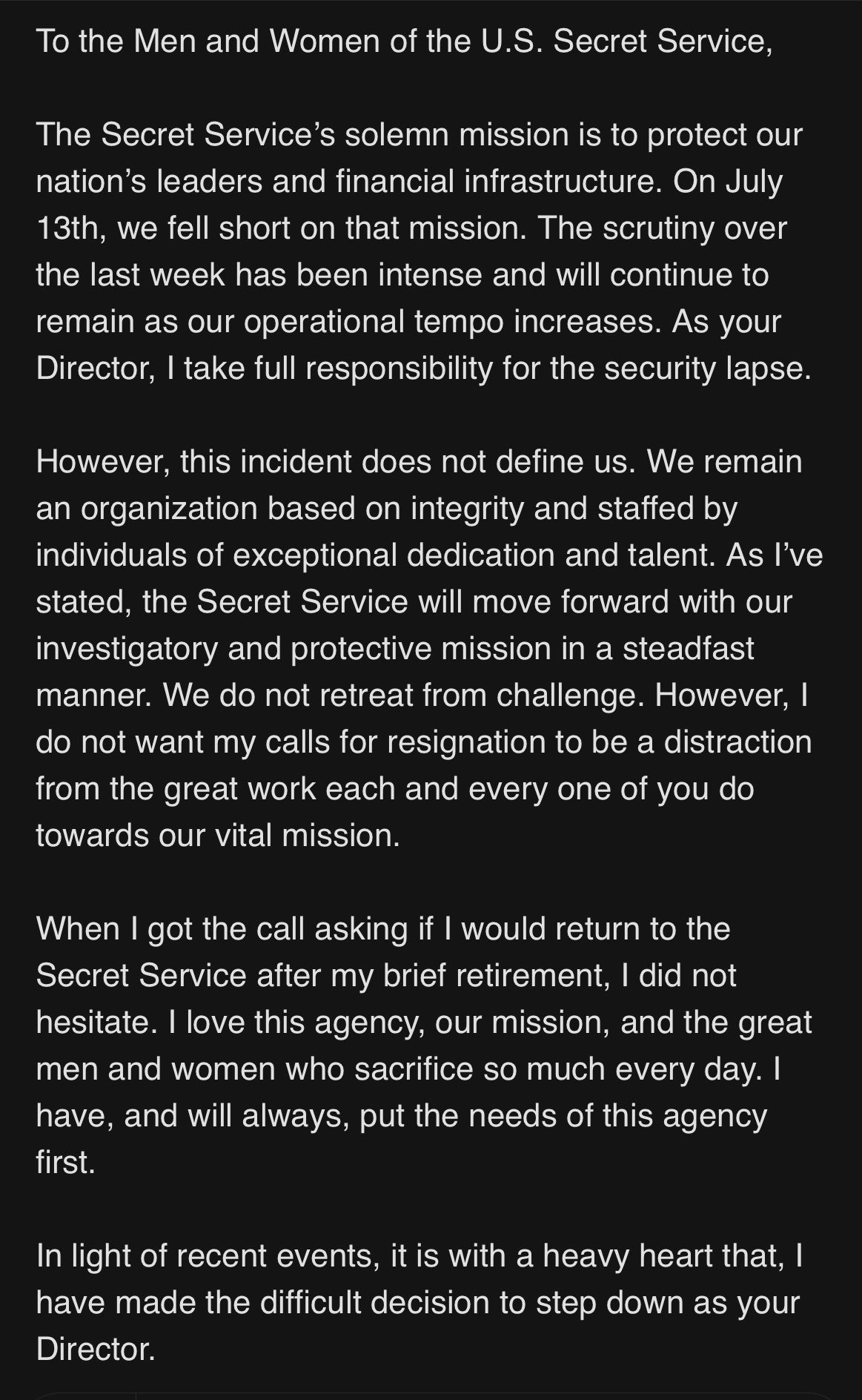Meta's “Non-regrettable Attrition”
/Another year, another euphemism for layoffs. Downsize, rightsize, smartsize, rationalize, amortize, reduce, redeploy, reallocate, reorganize, restructure, offshore, outsource, outplace—and now “non-regrettable attrition,” which has no ready verb form, as though it’s something beyond a company’s control.
A Forbes writer sums up the issue:
There’s also nothing wrong with categorizing turnover into desired (company-initiated) and undesired (employee-initiated) attrition.
But the term "non-regrettable attrition" that Meta used is a poor choice of words.
It’s not just tone-deaf—it comes across as dismissive and arrogant.
The writer explains the damage the label does to an individual who might find more suitable employment elsewhere. It’s a good point: a poor performer in one job can be quite successful in another.
We also see an issue of integrity, or inconsistency, in the company’s messaging. Although Zuckerberg’s memo to staff, below, doesn’t mention the term, Hillary Champion, Meta's Director of People Development Growth Programs, separately, said the goal is for 10% non-regrettable attrition: “This means we are aiming to exit approximately another 5% of our current employees [in 2025] who have been with the company long enough to receive a performance rating.”
I thought the term also lacked accountability because “attrition” typically is used to mean people leaving an organization voluntarily. But I was wrong: Gartner defines attrition as both voluntary and involuntary.
Still, another character dimension worth mentioning is compassion. “Non-regrettable attrition” communicates some combination of “We don’t care about you,” and “Don’t let the door…”
The full memo is below from Mark Zuckerberg to staff follows:
Meta is working on building some of the most important technologies in the world — Al, glasses as the next computing platform, and the future of social media. This is going to be an intense year, and I want to make sure we have the best people on our teams.
I’ve decided to raise the bar on performance management and move out low-performers faster. We typically manage out people who aren’t meeting expectations over the course of a year, but now we’re going to do more extensive performance-based cuts during this cycle — with the intention of backfilling these roles in 2025. We won’t manage out everyone who didn’t meet expectations for the last period if we’re optimistic about their future performance, and for those we do let go we’ll provide generous severance in line with what we’ve provided with previous cuts.
We’ll follow up with more guidance for managers ahead of calibrations. People who are impacted will be notified on February 10 — or later for those outside the US.
Letting people go is never easy. But I’m confident this will strengthen our teams and help us build leading technology to enable the future of human connection.

























